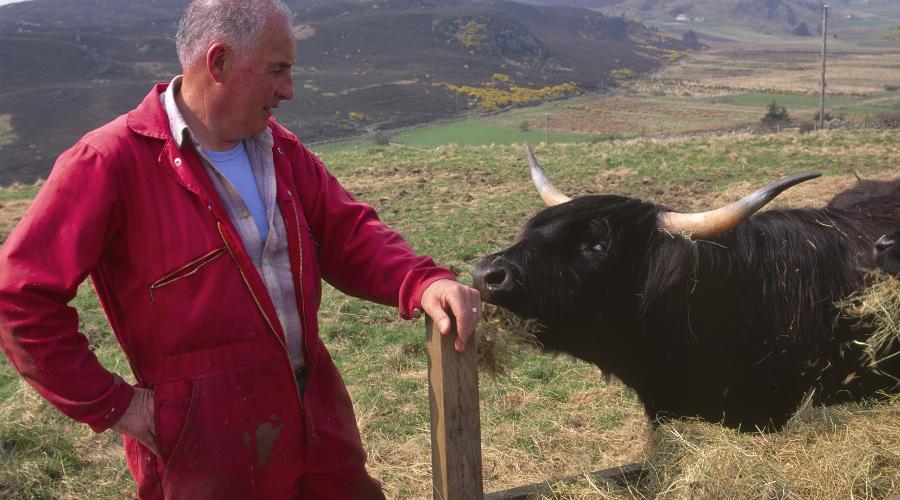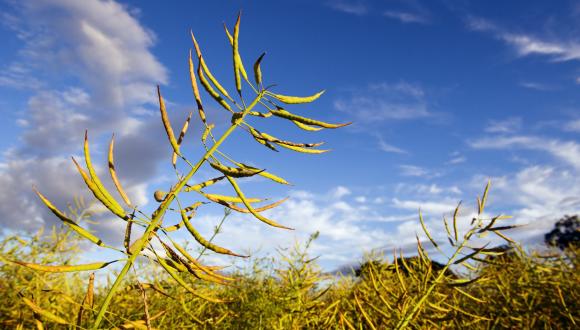
Farming and crofting
Farmland strongly influences our natural heritage, by providing much of our wildlife habitat, landscape interest and recreational resource.
Much of the variety and interest of Scotland’s landscapes, habitats and wildlife has been created by generations of farmers and crofters working on the land.
Farming is a major land use in Scotland, with 75% of our land area devoted to agriculture. Our four main types of farming have different impacts on our nature and landscapes. Hill farming benefits biodiversity, for example, while dairy and meat production is linked to lower biodiversity and higher pollution risks.
Agriculture may offer some ways to help tackle climate change. But changes in temperature and rainfall will change the patterns of Scotland’s agricultural land uses and may lead to more pressure on the land. This could put at risk the current good practice that helps to support nature and sustain the valued character of farm landscapes.
Farming doesn’t just shape Scotland’s nature and landscapes. It also affects our rural and urban communities and the food choices we make every day.
NatureScot aims to bring environmental concern into daily farming activities. We promote the sharing of knowledge and good practice to help farmers and crofters take care of our land, wildlife and natural resources.
Agricultural policies should reflect the wide range of social and environmental benefits that farmers can provide. We belong to the Land Use Policy Group, which commissions research and advises on rural land use matters such as agriculture and woodlands.
Find out more
Farmland and croftland habitats
Piloting an Outcomes Based Approach project (POBAS)




